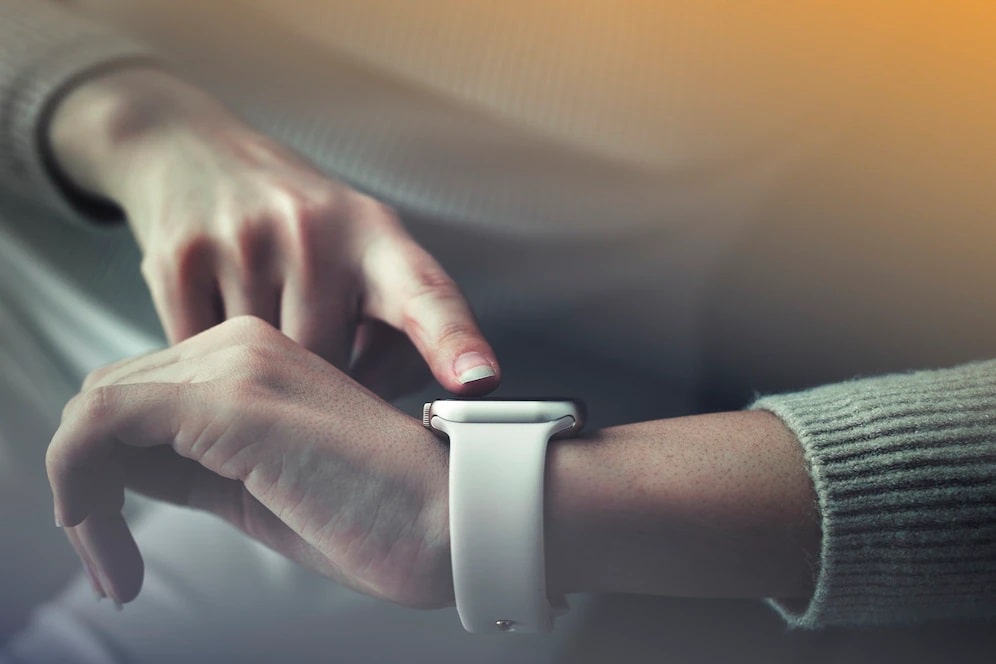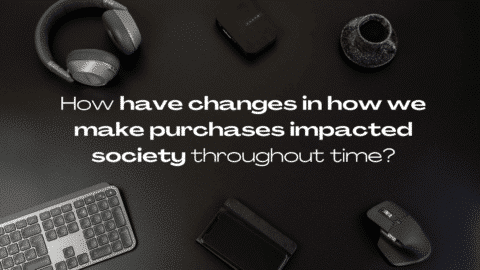Should I Develop My App For Wearable Technology?
The integration of wearable technology in business has been a game-changer for many companies. With wearable devices becoming increasingly popular, businesses are exploring how they can harness the power of these devices to improve their operations and increase efficiency. One area where wearable technology is making a significant impact is in the realm of business apps. The term “wearables” refers to a class of electronic devices that may be implanted in the body. Or, worn as accessories, integrated into clothes, or even tattooed on the skin. The gadgets are hands-free, useful tech items that run on microprocessors and have the added benefit of being able to transmit and receive data via the Internet.
Table of Contents
Benefits To Businesses
Let’s take a closer look at how business apps on wearable technology can benefit companies. Firstly, they provide quick and easy access to critical information. Instead of having to pull out a phone or log onto a computer, wearable technology lets users access essential data at their fingertips, which is especially valuable for businesses that require quick decision-making, such as sales teams or field workers.
Another advantage of business apps on wearable technology is increased productivity. By enabling employees to complete tasks and access information without needing a separate device, wearable technology helps employees work more efficiently, saving time and getting more done.
Communication and collaboration between employees also improve with wearable technology. With features like voice and message communication and the ability to share data and information in real time, teams can work together more effectively and get things done faster.
Another valuable aspect of wearable technology is the ability to gather and analyze data in real-time, providing businesses with insights that inform decision-making and drive better outcomes.

Business Apps
Businesses are embracing wearable technology to improve their operations and increase efficiency. With the rise of wearable devices, companies are exploring the benefits of using business apps on wearable technology to serve their customers better, streamline operations, and improve their bottom line.
For instance, retail companies are using wearable technology to improve the shopping experience for their customers. With the help of wearable devices, sales associates can quickly access information about products, check inventory, and process payments, making the shopping experience more seamless and efficient.
In the logistics and supply chain industry, companies are using wearable technology to increase the efficiency of their operations. For example, warehouse workers can use wearable devices to access important information, complete tasks, and communicate with other workers. This is reducing the time to complete tasks and improving productivity.
If you’re interested in developing an app for wearable tech, please partner with a locally renowned software team with expertise across multiple platforms. For instance, organizations should work with a reputable web developer and app designer. In this way, they create software that offers a consistent and unparalleled experience across their mobile apps and web applications.
Speacial Wearable Applications
Furthermore, certain products have failed, most notably Google Glass. The Internet-connected glasses may still reappear for niche applications, but they most certainly did not succeed as a style statement.
Now, it seems that the development of wearable technology is more about the special and useful applications than with consumer accessories. Keys and passwords are increasingly replace with microchip implants. The chips, which are identical to those used to locate missing pets, are embedded in a fingertip and operate via near-field communication (NFC) or radio-frequency identification (RFID).
Steps to Develop Wearable Technology App
Two important decisions are necessary before you can begin developing a wearable app. Whether to use an application builder or native development tools?
Whether your Apple Watch software will be a solo program or a complement to an iPhone app?
App Builders vs Native Apps
In terms of functionality and flexibility, the majority of software developers fall behind and do not support the newest capabilities found in brand-new hardware.
You may reuse code on any Apple platform, including iOS, iPadOS, TV OS, and macOS, for instance, by developing an Apple Watch application using SwiftUI from Apple.
Choose the best choice between PWA and Native App:
Moreover, complexities, the most recent Apple Watch feature that allows you to see glimpses of your mobile device on the primary watch screen. This can only work in SwiftUI. For instance, anything on the displays after the clock is a complexity. Customers may access such complexities (outside of the main smartwatch applications) by leveraging wearable app developers’ SwiftUI.
The first consideration when developing an app for wearable technology is screen size restrictions.
Designing Mini UX/UI
Thus, don’t believe you have to fit the content of a standard smartphone application into a small wristwatch screen. Instead, concentrate on developing a distinct, skimmable user experience.
Since the majority of iPhone motions and long pushes are not supported, design your app so users won’t have to repeatedly swipe between screens.
On tiny displays, an app’s popularity mostle depends on its user experience (UX) rather than its user interface. This is the correct combination of screens and arrangement of visual elements on each screen).
Building Features of Your Wearable Technology App
You must write the features of a watchOS app before you can create one. Exactly that is what you do after the design is complete. We suggest using Apple’s native tools, particularly SwiftUI, to create smartwatch apps (which comes with XCode).
Are There Any Drawbacks of Wearable Technology?
Please keep in mind that there are also some challenges to using wearable technology in business. One of the most significant challenges is ensuring the technology is reliable and secure, especially when protecting sensitive business data.
User-friendliness is another crucial factor to consider. While wearable technology has come a long way, it’s still essential to ensure it is easy to use, so employees can adopt it and get the most out of it.
Finally, businesses must weigh the cost of wearable technology and the accompanying business apps against the potential returns. While technology offers many benefits, making a cost-effective decision is essential.

Vice President, İntelligent Design & Consultancy Ltd
Over 12 years of global & rich experience in Portfolio & Program Delivery Management in leading & managing IT Governance, PMO, IT Portfolio/Program, IT Products, IT service delivery management, Budget Management, and more.










